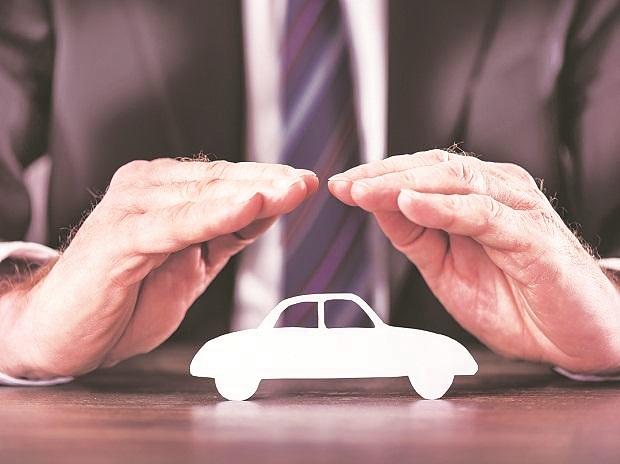Car insurance coverage is an important concept to understand when someone buys a new car. Even if an owner takes all the necessary precautions, the car could still be involved in an accident, breakdown, or other unforeseen event. A car insurance policy can help protect the owner from financial losses in the event of such an event.
There are many different types of car insurance policies available, each with its own set of coverage options. It is important to choose a policy that meets the specific needs and budget of the car owner.
Here are the different types of car insurance coverage in India:
Third-party liability only cover
Third-party liability insurance is a type of car insurance that covers the insured against legal liability arising from loss or damage to the property or person of a third party caused by the insured. This type of insurance covers the following: cost of repairs or replacement of the damaged vehicle of third parties, cost of hospitalisation and treatment of third parties, liabilities arising out of the death of third parties.
Third-party liability insurance is mandatory in India under the Motor Vehicles Act. The sum assured on the insurance should be high enough to prevent the car owner from having to pay out-of-pocket in the event of an accident.
Collision damage or own damage (OD) cover
Collision damage car insurance coverage reimburses the car owner for the cost of repairing the car if it is damaged in an accident. The cost of the coverage is determined by the age of the car and its insured declared value (IDV). The IDV is based on the market value of the car.
The maximum amount that the car owner can be paid under a collision damage coverage policy is the IDV less accumulated depreciation. Accumulated depreciation is the amount of wear and tear that the car has experienced since the time it was first bought.
If a car owner buys a car on a loan, then he/she/they should have collision damage coverage.
This is because the lender will require the owner of the car to have this type of coverage to protect their interest in the car.
Personal accident cover
A personal accident car insurance policy is a type of car insurance that protects the owner-driver of the vehicle in case of an accident. It covers medical expenses, death, and permanent disability. This type of insurance is important for people who travel frequently for work, as they are more likely to be involved in an accident.
If a car owner travels frequently for work, then they should consider buying a personal accident car insurance policy. This type of insurance can provide the owner with financial protection in the event of an accident.
Zero depreciation insurance
Zero depreciation cover is an add-on to car insurance policies in India. It helps the owner get the full claim amount without accounting for depreciation. This means that the owner won’t have to pay for the depreciation of the parts that need to be replaced.
Zero depreciation cover is available for all parts of a car, except for tires, tubes, and batteries. These parts are covered at 50 per cent.
Generally, insurers allow 2 zero depreciation claims during the policy tenure. However, some insurers allow an unlimited number of claims.
Comprehensive car insurance
As the name suggests, it provides the most comprehensive type of car insurance policy available. It covers a wide range of risks, including damage to other people or property, damage to the owner’s vehicle, personal injury, and non-collision damage such as storms, floods, fire, and theft. The user can also add additional coverage options to further enhance the policy.
Comprehensive car insurance protects the owner financially against a wide range of risks, including damage to the car, injury to the owner and his passengers, and damage to the cars and property of others. It gives extensive coverage, which covers all losses or damages done to the owner and the car, and also protects against third-party liabilities.



